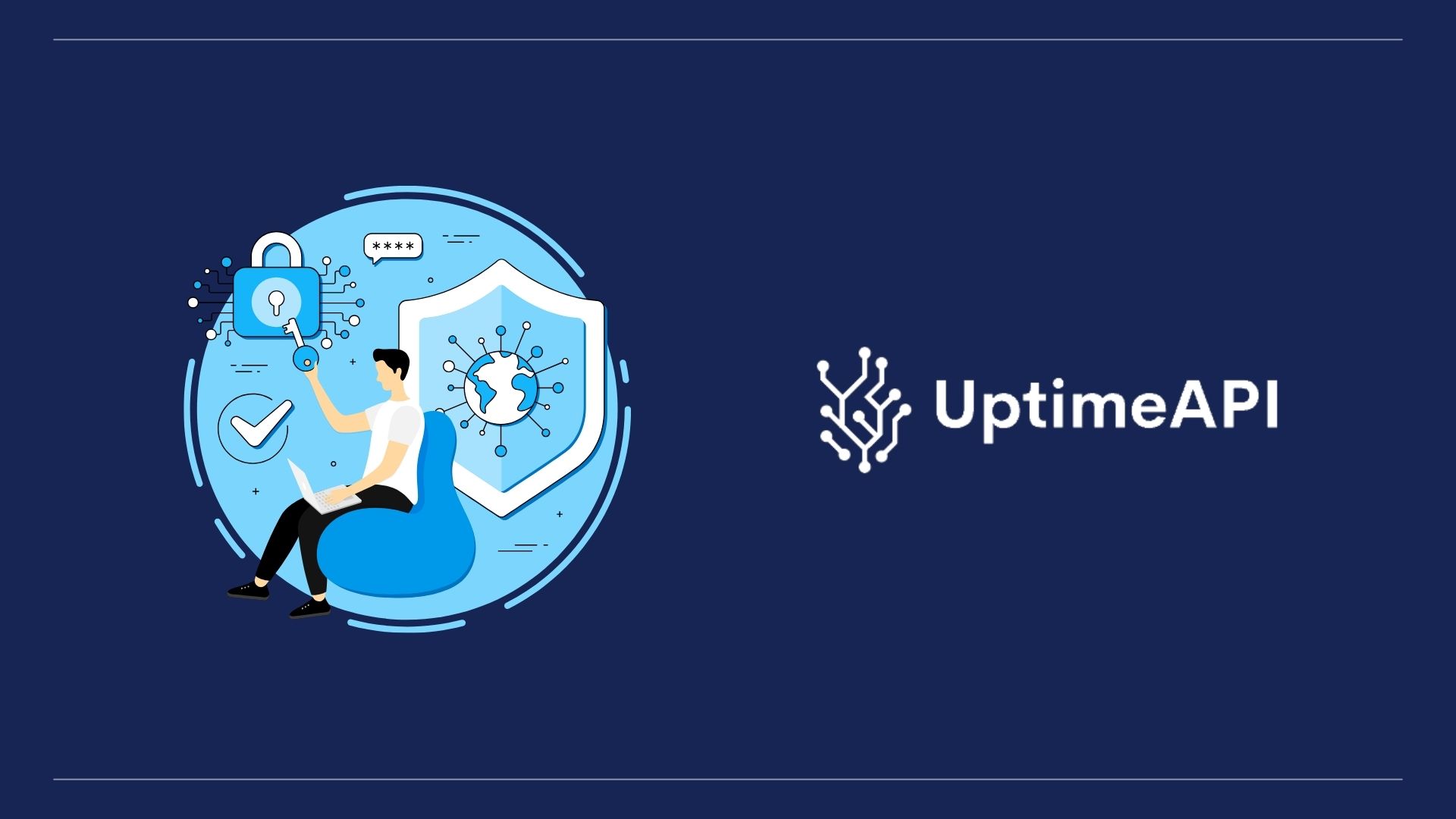API Monitoring: Comprehensive Monitoring Solution For Developers

In software development, the role of API monitoring has become indispensable. As modern applications rely heavily on interconnected services and external APIs, ensuring their reliability and performance is crucial. However, developers often encounter significant challenges when proper API monitoring practices are not in place. This article provides a comprehensive overview of these challenges and introduces effective API monitoring solutions to address them.
Overview of Challenges Faced Without Proper API Monitoring
There are many challenges for developers in the absence of efficient API monitoring. Unexpected API outages might cause service interruptions and possibly negatively impact user experiences. Unidentified latency problems and performance bottlenecks could affect the overall performance of the program. Furthermore, reactive issue resolution may be hampered by the absence of real-time insights regarding API health and usage, which could postpone problem mitigation.
Robust tools are provided by API monitoring solutions to help mitigate these issues. They offer real-time monitoring features that allow for ongoing API health checks and prompt notifications in the event of outage or performance problems. Through the monitoring of API endpoints and the examination of response times and error rates, these technologies guarantee that developers are able to rapidly recognize and resolve such issues.
Benefits of Implementing It
Implementing API monitoring yields several benefits that enhance overall software reliability and performance optimization. It ensures consistent availability and responsiveness of APIs, thereby minimizing downtime and service disruptions. By optimizing API response times, developers can improve user experience and mitigate potential impacts of performance bottlenecks. Moreover, proactive issue resolution through early detection of problems ensures that API failures are addressed before they affect end-users.
To sum up, API monitoring is essential in today's software environment to guarantee dependable and effective applications. Software developers may minimize downtime, maximize performance, and improve overall productivity by selecting the appropriate monitoring solution. Adopting API monitoring promotes innovation and continual development in application architecture and deployment in addition to providing protection against disruptions.
Uptime API
You can keep an eye on your APIs with Uptime API. It functions by routinely verifying that your APIs are operational and functioning as intended. It's simple to set up monitors. The URL of the desired API endpoint to be watched, as well as the ability to modify the watch's timeouts and intervals, are required to set up monitors. Monitoring intervals reflect how frequently an API will do health checks, whereas timeouts indicate how long an API will wait for a response. With these options, you may tailor monitoring to your requirements and tastes.
From your Uptime API dashboard, you can create alerts and choose which contacts should receive notifications. You can then inform your team in this manner. You can select the package that best meets your needs for monitoring from a range of customisable options with different monitor limits. Additionally, it offers historical data and analytics so you can monitor how API availability and performance have changed over time. Obtain access to your logs so you may investigate any API problems.
Examine historical performance trends and make decisions based on the facts. You may customize alerts to meet your needs and prevent pointless disruptions. monitoring of APIs in real time with instant information. Whether you want webhook, SMS, or email notifications, choose the alert delivery mode that best fits your requirements.
